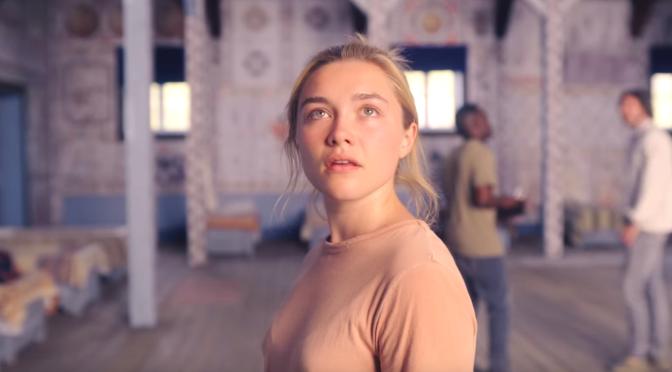When I was younger, horror movies were based almost completely around the jump scare. You know, the sudden appearance of a figure or a jerking camera movement that is designed to make people hop out of their seats in surprise. If you had jump scares in your horror movie, you were tapping into a very specific piece of intrigue and respect amongst the younger crowd.
It used to be a badge of honor to be a horror movie fan, because that usually meant you could better handle a jump scare. Essentially, everyone thought you were tougher if you weren’t frightened by the thing that was supposed to frighten you. That’s usually how bravery works.
However, we’re in a new age of horror. Jump scares became more predictable (and more frequent) sometime in the mid-2010s. Now it is no accomplishment to be unscathed by these filmmaking tricks. They’re an easy to detect trope.
The horror genre, as a result of the jump scare purge, has gotten a lot smarter over the past few years. Consider “Get Out, ” “Us,” “A Quiet Place,” “The Witch,” “The Lighthouse,” “Hereditary” and “Midsommar” — seven films, made by four directors, that have helped shape a new standard in horror filmmaking over the past five years. They borrow from noirs, historical dramas, thrillers and comedies to hit audiences in a psychological way that goes beyond mere fright. They exude terror. They don’t just shock in the theater; they leave you stunned long after you leave. They’re the thinking man’s horror collection, and they’re the new normal.
I think this era of psychological horror will be looked back upon with reverence, much like how we view the slasher boom of the 1970s and ’80s. A big difference is that the critical appeal of the new wave films listed above is far stronger. These aren’t just popcorn flicks, as I’ve attempted to say. Truthfully, these movies are high art masked under the guise of a popular genre.
In the early months of the year, horror films control the box office. This weekend, you can go visit the Regal in Hazleton and see one of four new movies that fit into the genre. How this new crop of films sits with the world will be based on how well they emulate the very best horror has had to offer over the past few years, and will largely determine their lasting impact and how audiences feel about them. No one wants two hours of jump scares. Good ‘ol cerebral torment at the movie theater is what the market demands.

Sam Zavada is a copy editor with The Standard-Speaker in Hazleton. He previously served as the news clerk at The Standard-Speaker, working with the obituaries and the community and lifestyle pages. Sam’s work in print dates back to his time at King’s College, where he spent two years as the editor in chief of the school’s newspaper, The Crown. Earlier in his time with The Crown, he worked as a staff writer and the entertainment manager. Contact him at szavada@standardspeaker.com.




